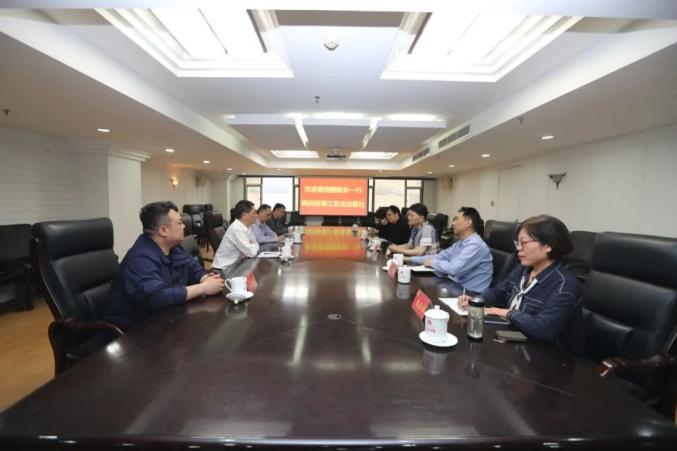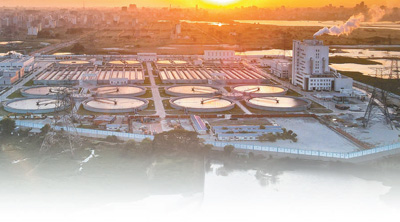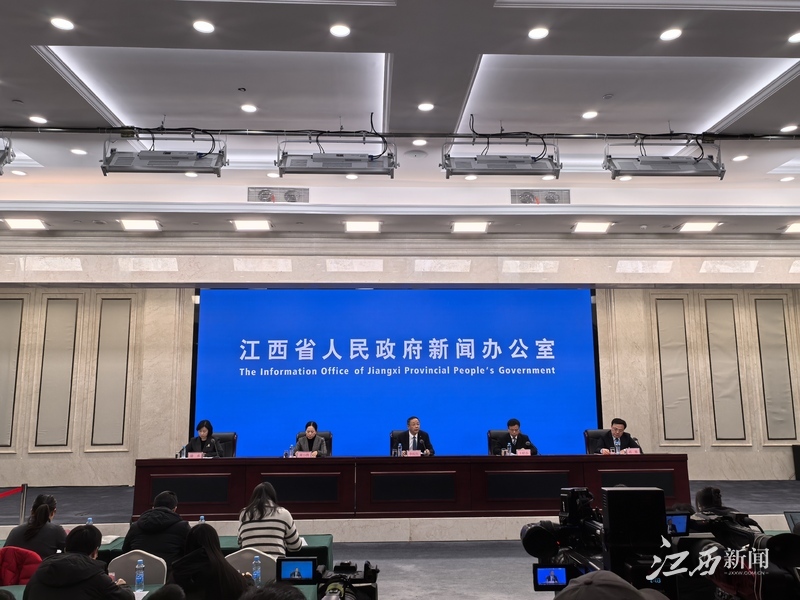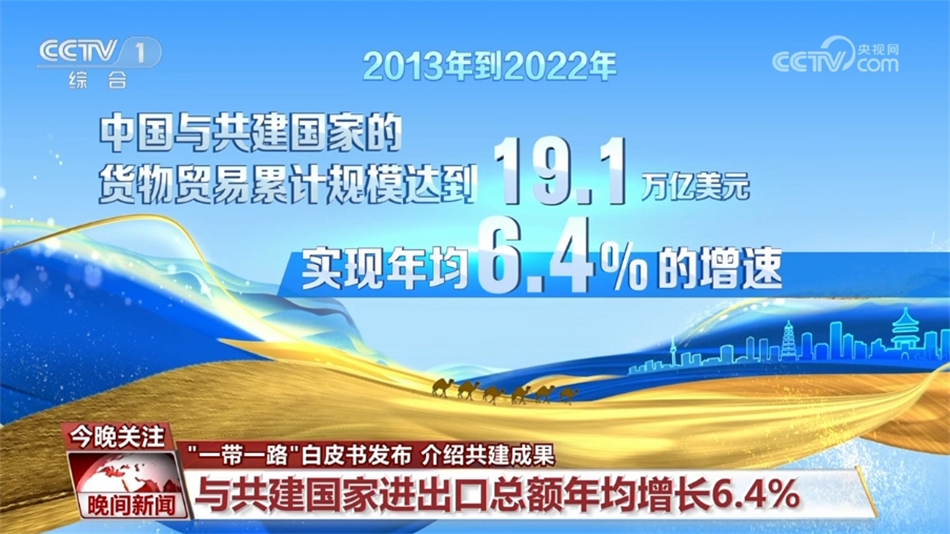Why Does The Country Favor Xinjiang Alone? Behind The Five Top Strategic Positionings, There Is A Big Chess Game That Can Reverse The Fate Of The Country.
Why Does The Country Favor Xinjiang Alone? Behind The Five Top Strategic Positionings, There Is A Big Chess Game That Can Reverse The Fate Of The Country.
The Xinjiang-Tibet Railway Co., Ltd. will be established in August 2025. After the completion of this "sky road" through the Karakoram Mountains, it will open up a strategic channel connecting Tibet and the southwest region, forming a railway network covering Central Asia and South Asia.
Xinjiang, a vast land that accounts for one-sixth of China's territory, is standing in the spotlight of the times with a new attitude. In recent years, the state has given Xinjiang five major strategic positions and invested more than 3.47 trillion yuan in promoting more than 500 key projects. Its strategic value far exceeds the regional scope and has become a key influence on China's future development.

Asia-Europe Golden Channel: Reshaping the Global Trade Pattern
Xinjiang is located in the geometric center of the Eurasian continent and has a unique location advantage bordering eight countries, making it a core hub of the “One Belt, One Road” initiative. The China-Kyrgyzstan-Uzbekistan Railway will break ground in April 2025. This cross-border railway connecting China, Kyrgyzstan, and Uzbekistan will shorten the China-Europe train transportation time by 2-3 days and increase the annual freight capacity to 20 million tons. The Xinjiang-Tibet Railway Co., Ltd. will be established in August 2025. After the completion of this "sky road" through the Karakoram Mountains, it will open up a strategic channel connecting Tibet and the southwest region, forming a railway network covering Central Asia and South Asia.

Relying on its location advantage, Xinjiang's foreign trade has achieved explosive growth: in the first eight months of 2025, the total import and export value reached 356.31 billion yuan, a year-on-year increase of 25.4%, surpassing the 100 billion level for three consecutive years. After the establishment of the China (Xinjiang) Pilot Free Trade Zone, the number of cross-border e-commerce companies increased to 45, the overseas warehouse layout covered major cities in Central Asia, and the scale of cross-border RMB settlement exceeded 4.7 billion yuan.
The cornerstone of energy security: supporting China’s industrial upgrading
Xinjiang's energy endowment can be called a "national treasure": proven coal reserves account for 40% of the country, oil 30%, and natural gas 34%. The installed capacity of new energy reaches 129 million kilowatts, accounting for 18% of the country's total. From January to September 2025, Xinjiang's new energy power generation exceeded 100 billion kilowatt hours, a year-on-year increase of 17.2%, which is equivalent to reducing carbon dioxide emissions by 4 million tons. The five ultra-high-voltage channels of "Xinjiang Power Transmission" cover more than 20 provinces, autonomous regions and municipalities, and the external power transmission will reach 126.4 billion kilowatt-hours in 2024, supporting the power demand of high-end manufacturing in the eastern region.

The world's largest single-scale hydrogen energy storage project has begun construction in Hami. Strategic minerals such as Hotan Dahongliutan Lithium Mine and Huoshaoyun Lead-Zinc Mine have achieved large-scale mining. Xinjiang is transforming from "energy export" to "comprehensive energy utilization" and has become a key fulcrum for the country's "double carbon" goal.

Agricultural innovation highland: rewriting China’s food landscape
As the "granary of the west", Xinjiang's total grain output in 2024 will reach 46.6 billion kilograms, a record high; cotton output is 5.68 million tons, accounting for more than 80% of the country's total, and long-staple cotton is the "hard currency" of the international high-end textile market. Smart agriculture is causing changes in the north and south of the Tianshan Mountains: 800 acres of "unmanned farms" in Changji Prefecture have realized the entire process of farming, planting, management and harvesting with intelligence, and 3,000 acres of "super cotton fields" in Yuli County have used Internet of Things technology to achieve a yield per mu of more than 500 kilograms, reducing costs by 22%.

What is even more eye-catching is the breakthrough in agricultural science and technology: Xinjiang successfully cultivated salmon and white shrimp in the Gobi Desert, building the country's largest inland aquaculture base. The output of aquatic products is expected to exceed 150,000 tons in 2025, rewriting the history of "no seafood in the inland".

Opening up the experimental frontier: exploring new models of land-based economics
The Xinjiang Pilot Free Trade Zone has innovated the "cross-border e-commerce China-Europe freight train" model. From January to August 2025, cross-border e-commerce exports increased by 334.7% year-on-year. An average of 28 China-Europe freight trains passed through Horgos Port every day. The "Regulations on the Promotion of Port Economic Development of the Xinjiang Uygur Autonomous Region" will be implemented in July 2025. This is the first local regulation on the port economy in China. It promotes the transformation of ports such as Alashankou and Horgos from "channel economy" to "industrial economy", and has established more than 200 processing trade companies.
Under the mechanism of the China-Central Asia Summit, Xinjiang and the five Central Asian countries established a "cross-border economic cooperation zone" and the "Xinjiang Commodity Exhibition Center" established in Almaty has attracted more than 200 companies to settle in and has become a "bridgehead" for Chinese products to enter the Central Asian market.

Ecological security barrier: writing the miracle of green development
After 40 years of unremitting efforts, Xinjiang has built a 3,046-kilometer "Green Wall" on the edge of the Taklimakan Desert, completing the world's largest desert ecological edge locking project and reducing the area of moving sand dunes by 22%. The Gurbantunggut Desert Comprehensive Management Project, launched in 2025, plans to invest more than 10 billion yuan to achieve a win-win situation of ecological restoration and economic development through the "photovoltaic desert control ecological agriculture" model.

The proportion of days with excellent air quality in the urban agglomeration on the northern slope of the Tianshan Mountains reached 90%, and the number of days with excellent air quality in Urumqi hit a record high of 312 days; the Tarim River has been flowing continuously for 24 consecutive years, and the ecological water level of Bosten Lake has stabilized at more than 1,048 meters. The continuous improvement of the ecological environment has injected strong impetus into Xinjiang's tourism industry. In the first half of 2025, it will receive more than 120 million tourists, and tourism revenue will increase by 45% year-on-year.
Conclusion: From "frontier tip" to "strategic center"
The development process of Xinjiang is a magnificent epic of deep integration of national strategy and local practice. Zuo Zongtang's feat of carrying a coffin to regain Xinjiang laid the foundation for today's development; the strategic layout of the new era has given this land unprecedented historical opportunities. With the advancement of mega projects such as the China-Kyrgyzstan-Uzbekistan Railway and the Xinjiang-Tibet Railway, Xinjiang is transforming from an "inland hinterland" to an "open frontier" and becoming the "golden link" connecting the Eurasian continent.

For the younger generation, Xinjiang is not only poetry and distance, but also a broad stage for realizing the value of life. In the historical opportunity of the "One Belt, One Road" initiative, this land is writing a legend belonging to the new era, and every struggler participating in it will become the creator of this epic.





